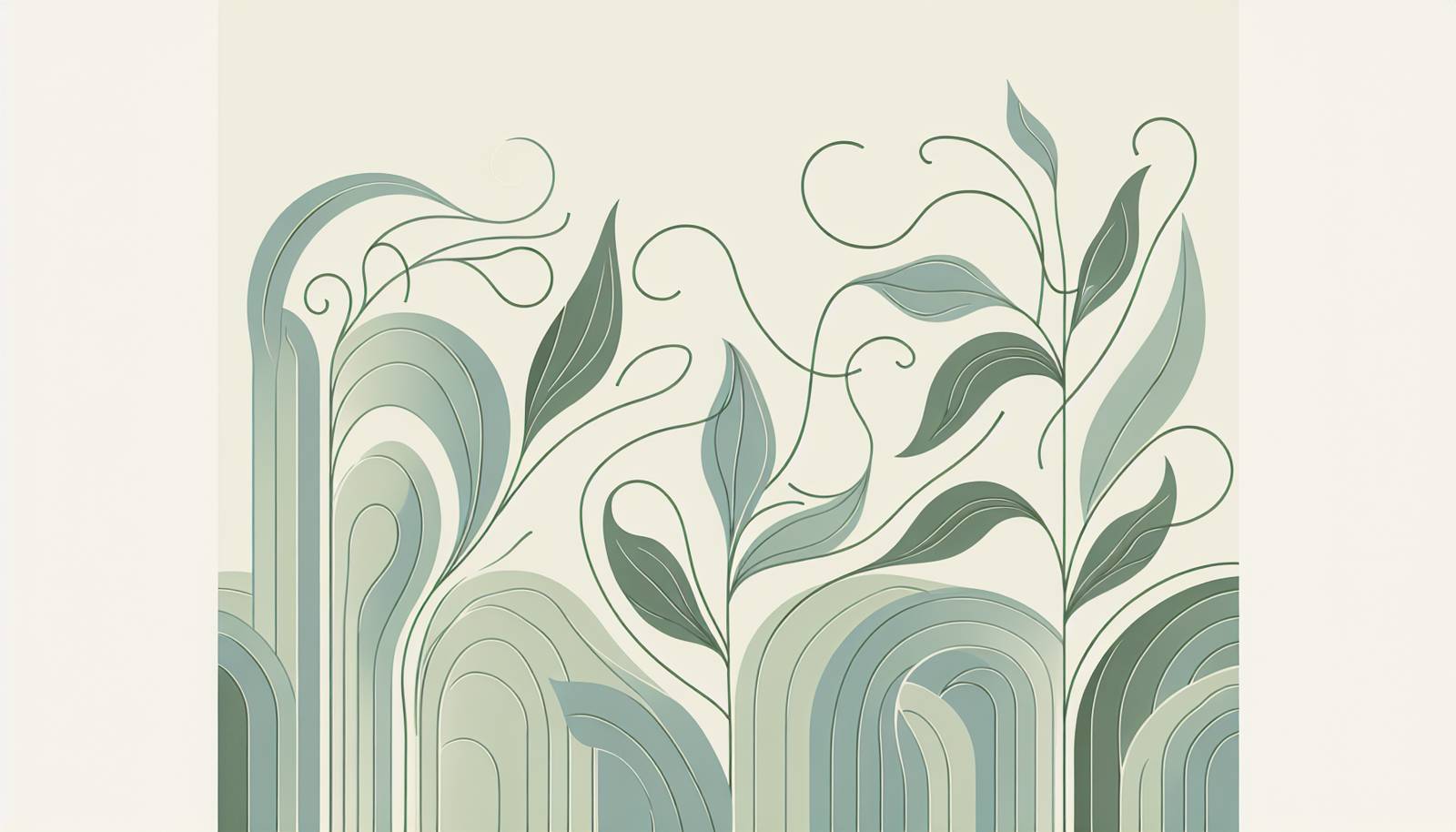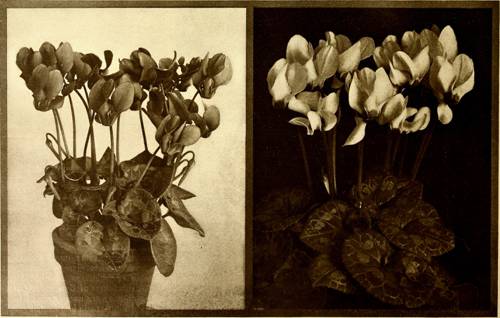
FAQ About Decorative Indoor Plant Staking Methods

What is plant staking and why do indoor plants need it?
Plant staking involves using various supports to keep plants upright. Indoor plants often need staking to prevent them from bending or breaking, especially species with weak stems or those with heavy flowers. Staking not only provides physical support but also encourages proper growth and can be used to enhance the plant's aesthetic appeal.

What are some common materials used for indoor plant stakes?
Common materials for indoor plant stakes include bamboo, metal, wood, and plastic. Bamboo is lightweight and blends well with plant aesthetics. Metal stakes are durable and can support heavy plants, while wood stakes offer natural aesthetics. Plastic stakes are usually the most versatile and weather-resistant option.

How do I choose the right stake for my indoor plant?
When choosing a stake, consider the plant's size, weight, and growth habit. For delicate plants, use lighter materials like bamboo. Heavy or tall plants might require stronger materials like metal. The stake should be at least as tall as the plant will grow, and it should complement your home's aesthetic.

Can staking harm my indoor plants?
Staking, if done improperly, can harm plants. Too tight ties can damage stems or restrict growth. It's crucial to allow some movement so the plant isn't stressed. Use soft ties and adjust them as the plant grows. Proper staking supports plant health, while improper techniques can potentially cause harm.

What are some decorative ways to stake indoor plants?
Decorative staking methods include using ornate metal stakes, colorful ties, or natural twine to match the plant's aesthetic. Spiral or trellis designs add architectural interest. Combining stakes with decorative pots can further enhance the visual appeal of your indoor plants.

How can staking support indoor plant health?
Staking improves plant health by providing structural support, which helps prevent damage from drooping or bending. It ensures that leaves and flowers receive adequate sunlight by keeping them properly oriented. Additionally, staking can help train vines and climbing plants to grow in desirable shapes and directions.

When should I stake my indoor plants?
You should stake your indoor plants as soon as you notice they need extra support, usually when they start bending or growing unevenly. Young plants might require staking early in their growth, while others need it as they become larger or bear heavy blooms.

Is there a specific technique for tying plants to stakes?
Yes, the tying technique is crucial. Use soft, flexible materials like garden tape, twine, or old pantyhose to tie the plant to the stake. Make figure-eight loops to secure the plant without squeezing it tightly. The goal is to provide support while allowing natural movement for growth.

Can I reuse plant stakes, and if so, how should I clean them?
Yes, you can reuse plant stakes to save resources. Clean them between uses to prevent disease spread. Use a diluted bleach solution (1 part bleach to 9 parts water) to disinfect them. Rinse thoroughly and allow to dry completely before using them again.

What are the benefits of using a trellis for indoor plants?
A trellis provides a vertical growth structure, making it ideal for climbing plants like philodendrons or pothos. It saves space, helps manage growth direction, and can be a decorative element. Trellises support heavy climbers and keep them from sprawling across other plants or surfaces.

Can decorative staking be used for all types of indoor plants?
While decorative staking can enhance most plants, it's particularly beneficial for species that are naturally climbers, hangers, or top-heavy. Not all plants require staking, so it's best for those that need physical support or training in growth direction. Consider the specific needs and aesthetics of your plant before deciding on staking.

How do I know if my plant is suitable for vining structures or stakes?
Plants with long, trailing vines or those that climb naturally, like ivies or philodendrons, are suitable for vining structures. If a plant seems to grow horizontally or droop without support, it may benefit from staking. Examine the growth habit and requirements of the plant species to determine if staking is suitable.

What are some innovative staking materials I can use indoors?
Innovative staking materials include using artistic trellis designs, sculptural metal stakes, or recycled materials. Wine corks and cut branches can also be upcycled as plant stakes, adding a unique touch to your indoor gardening setup. Creativity in choosing staking materials is only limited by imagination and plant needs.

Do I need to stake my plant as soon as I pot it?
Not necessarily. Immediate staking is not required unless the plant is already large or top-heavy. Observe your plant's growth; if it starts to bend or lean, then consider staking. Some plants may grow without needing staking support initially, but this can change as they develop.

Can plant cages be used indoors for staking purposes?
Yes, plant cages can be used indoors and are especially useful for bushy or top-heavy plants. They provide 360-degree support, allowing the plant to grow upright and evenly. Plant cages can also be incorporated into decorative designs, adding charm to your indoor garden.

What height should my plant stake be?
The stake should generally be at least 10-15% taller than the mature height of your plant. This ensures continued support as the plant grows. When in doubt, choose a slightly taller stake to accommodate any unexpected growth spurt.

How often should I adjust the ties on my staked indoor plants?
Check the ties regularly, ideally every month, or whenever you notice growth. Adjust them to avoid constricting the stem and to allow for natural movement. If the plant has grown significantly, you might need to add new ties or adjust existing ones for better support.

What is the purpose of staking for indoor orchids?
Orchids often require staking to support their long stems and heavy blooms. Staking keeps the flower stems upright without bending, which can harm the plant. It also showcases the blooms effectively, making them a central decorative feature in your indoor space.

Can I use colored materials for staking to match my home decor?
Absolutely. Colored ties, painted stakes, or custom-designed supports can blend with or complement your home decor. Many gardeners enjoy integrating their plant setup with their interior design, and colored staking materials offer another layer of aesthetic customization.

How can I integrate plant lighting with staking indoors?
To integrate lighting, consider using lights that can be mounted on or integrated with the stake, such as LED grow light strips or clamp lights. Ensure the lighting provides enough illumination for the plant while enhancing its visual appeal. This combo can result in healthier plants and an attractive setup.
